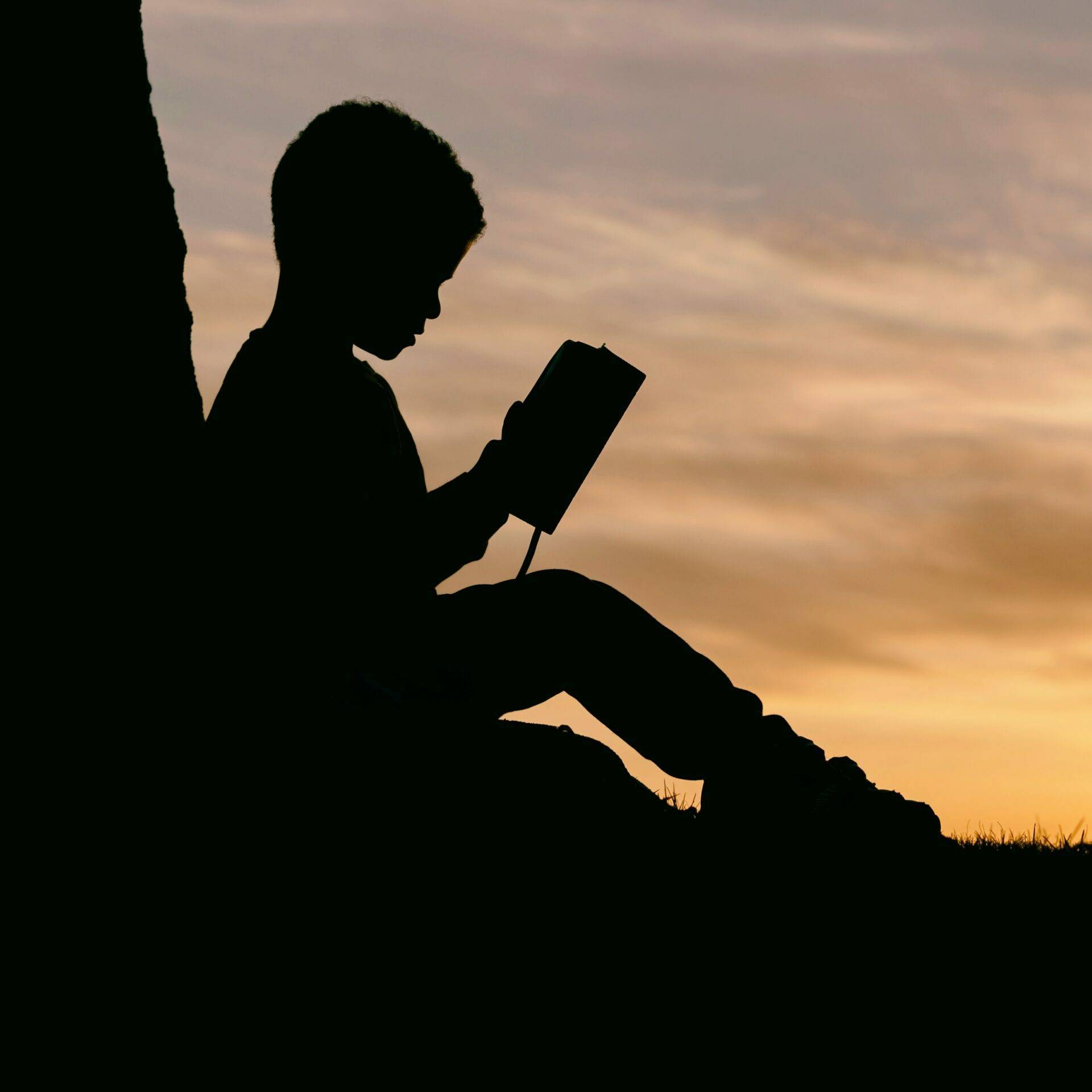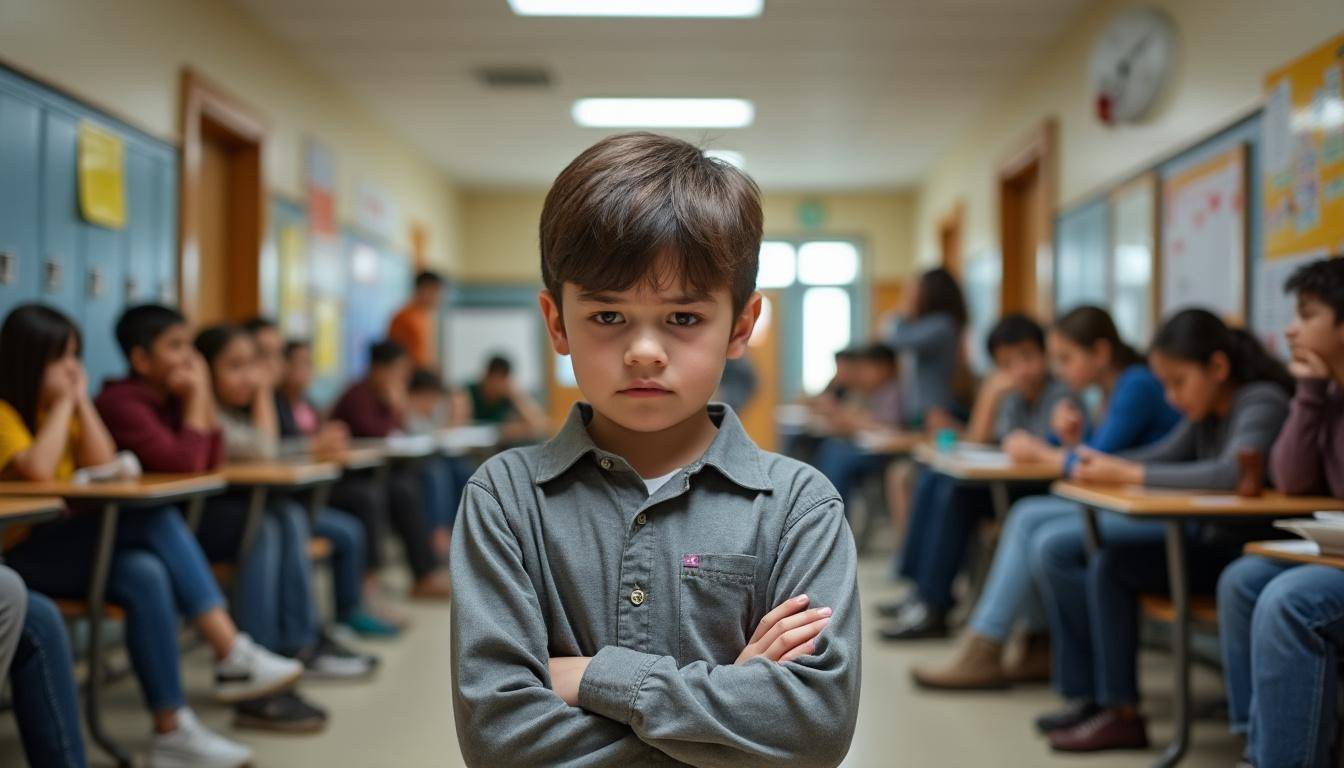


Understanding the Impact of School Isolation and Public Humiliation on Children’s Mental Health
In recent years, concerns about the effects of isolation rooms and public humiliation in schools have grown significantly. Parents like Beth have shared heartbreaking stories that highlight how such practices can damage children’s well-being and academic engagement. For example, Max, an 11-year-old newly diagnosed with autism, was placed in isolation for a week after being accused of running when he was only walking quickly to use the restroom. This early experience led to social exclusion during critical moments to form friendships and contributed to his eventual school avoidance.
- Isolation rooms are often referred to by different names depending on the school, including the “reflection room” or “behaviour support room.”
- Children in isolation can be kept from attending breaks or lunches, sometimes eating alone in these rooms.
- Prolonged or repeated isolation can severely impact mental health and learning progress.
This practice can cause children to disengage and find it difficult to follow lessons upon returning, escalating into a harmful cycle that potentially leads to burnout or school refusal.
The Role of Isolation in Schools: Protective Measure or Mental Health Risk?
Isolation rooms were originally designed to support children disrupting lessons, but their use has sometimes escalated into a punitive practice that fails to consider children’s neurodiversity and emotional needs. Dan Rosenberg, a lawyer representing families affected by this issue, shared concerns about cases where students spent over 80 days isolated in a single academic year. The cumulative effect can lead to self-harm, anxiety, and a deterioration in trust between students and school staff.
- Children with special educational needs (SEN) are disproportionately affected.
- Some children face additional punishments for ‘failing’ isolation, perpetuating the trauma.
- Parents often struggle to motivate their children to attend school due to fear of isolation.
Recognition of the importance of compassionate approaches has led to campaigns like Bullying-Free Schools and SafeClassrooms, aiming to reduce harm and uphold SchoolDignity for all students.
Parents Speak Out: Real Stories of Isolation, Anxiety, and Educational Challenges
The personal accounts of parents like Sue reveal the urgent need for reform in how schools address behavioural issues. Sue’s children, all with education, health, and care plans, faced various forms of isolation for reasons ranging from anxiety to minor classroom disruptions. Her daughter’s confidence was undermined over perceived trivial issues such as her eyelashes, and her second daughter, diagnosed with autism and selective mutism, expressed a preference for self-harm over spending a day alone in isolation.
- Triggering factors for isolation: anxiety, refusal to enter lessons, speaking out, or not sitting still.
- Consequences include emotional distress, missed exams, loss of qualifications, and school withdrawal.
- Families are calling for better inclusion policies under campaigns like Inclusion Matters and AntiShame Initiative.
Sue’s son, awaiting autism assessment, experienced emotional-based school avoidance after being isolated for speaking without permission and displaying frustration. These cases demonstrate the complexity of needs that school systems must address to prevent further isolation and psychological harm.
Building Collaborative Solutions with Parents and Educators
Improving school environments requires input from parents, educators, and mental health professionals. Building understanding around neurodiversity and recognising the emotional impact of isolation can lead to more compassionate educational strategies. Resources and programs that support these goals include parental roles in education webinars and community-led initiatives such as community youth programs that prioritize well-being and inclusion.
- Promoting positive behaviour support alternatives to isolation.
- Incorporating mental health education and emotional regulation skills in curricula.
- Encouraging open communication channels between families and schools through ParentVoices.
These strategies contribute to KidsFirst Support and the collective stand against exclusionary practices, helping create environments where students thrive academically and socially.
Strategies to End Public Humiliation and Restore Trust in Schools
Public humiliation through isolation damages children’s self-esteem and can influence their long-term relationship with education. To counter this, schools and communities must embrace initiatives like UnitedAgainstBullying and NoMoreIsolation, which advocate for respect and dignity. Integrating these efforts requires:
- Establishing clear, respectful behavioural policies with student input.
- Training staff to handle behavioural challenges with empathy.
- Creating supportive spaces for students needing temporary breaks without isolation.
- Collaborating with mental health experts to provide tailored support.
- Monitoring the impact of disciplinary methods on attendance and mental health closely.
Parents and educators are key to fostering culturally sensitive and compassionate education systems that truly value every child’s dignity and rights.


